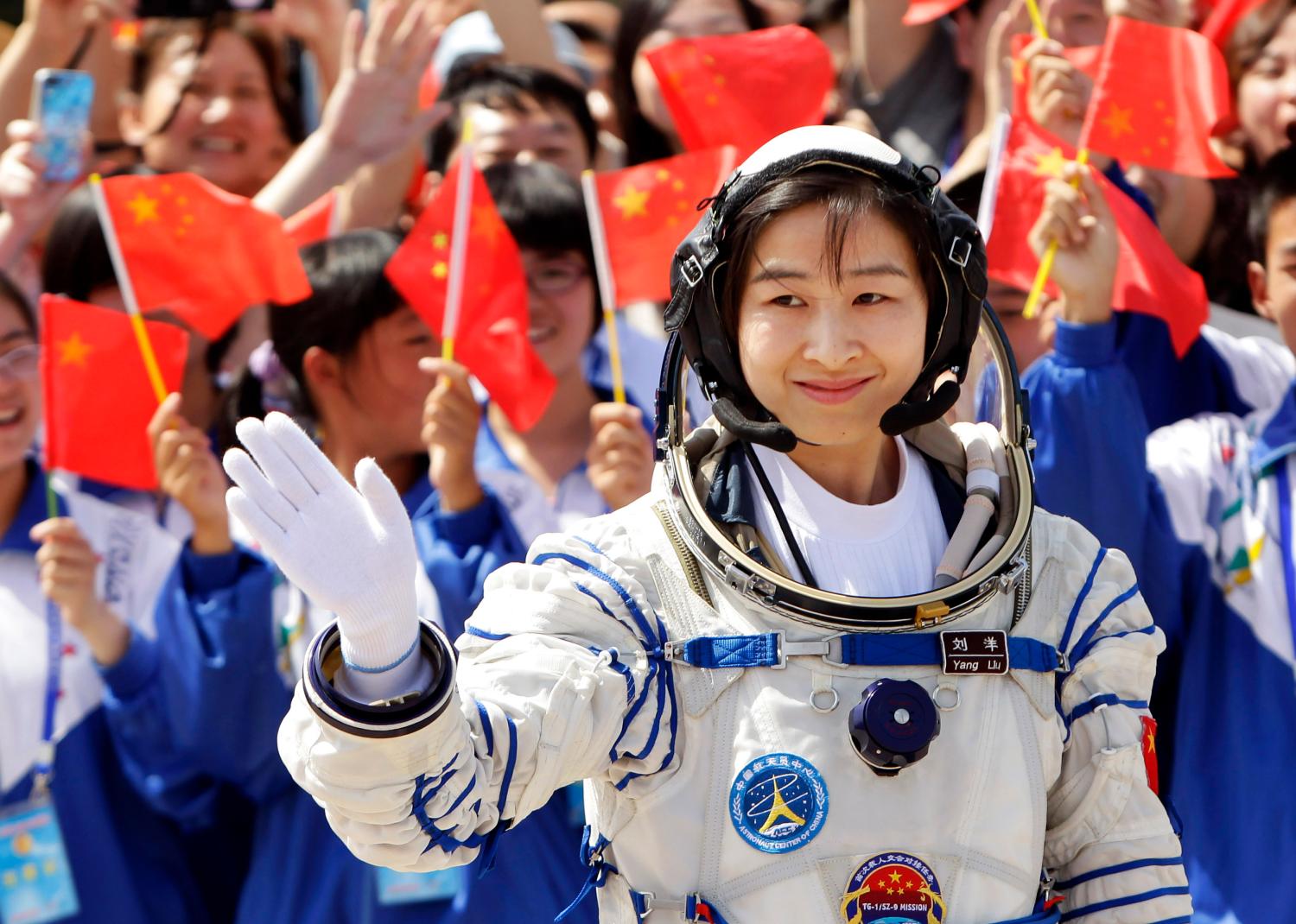Editor’s Note: This paper by Joel R. Campbell, which outlines the history of Chinese science and technology innovation since the founding of the People’s Republic, is the April 2013 installment in the Issues in Technology Innovation paper series, which is part of the Center for Technology Innovation in Governance Studies at Brookings.
China’s science and technology policy has developed through four phases since the founding of the People’s Republic in 1949. In the first phase, to 1959, technology supported the creation of heavy industry along Soviet lines, while the second, up through the end of the Cultural Revolution in 1976, saw economic stagnation and ideological domination of technology projects. A third phase, under reforms launched by Deng Xiaoping and carried forward by Jiang Zemin to 2001, stressed building of an independent research base and the gradual shift to market-oriented, product-driven research. Since 2002, Chinese policy has increasingly backed high technology industrialization, along with support for the nascent green technology industry.
Chinese technology policymakers also have promoted an innovation-driven economy. The Ministry of Science and Technology (MOST) is the key policymaking and policy coordination organ, and it funds the five most important technology development projects:
- The Key Technologies Research and Development Program, focused on industrial technology
- The 863 Program, centered on basic and applied research on marketable technologies
- The Torch Program, which supports commercialization of high tech products
- The 973 Program, funding multi-disciplinary projects in “cutting edge” technology, and
- The Spark Program, promoting development and use of technology in rural areas
Science and industrial parks are key venues for high tech research and development (R&D). Currently, there are fifty-four such parks, mostly located in large cities or provincial capitals. Firms operating in the parks must create or apply technology in high tech fields, devote at least three percent of gross revenues to R&D, and employ at least thirty percent of college degreed workers. The information technology (IT) industry is one of the leading industries in the science parks, and has received special policy recognition since 2000.
The space program has become one of China’s proudest recent accomplishments. Building steadily on its experience with military and civilian missile technology, China has already launched four manned space missions, and has ambitious plans for a space station and unmanned exploration of the Moon, along with possible manned lunar missions. China has also made a major push into green (or “clean”) technology, driven by twin concerns about dependence on foreign oil and serious environmental degradation within China.
The Brookings Institution is committed to quality, independence, and impact.
We are supported by a diverse array of funders. In line with our values and policies, each Brookings publication represents the sole views of its author(s).




